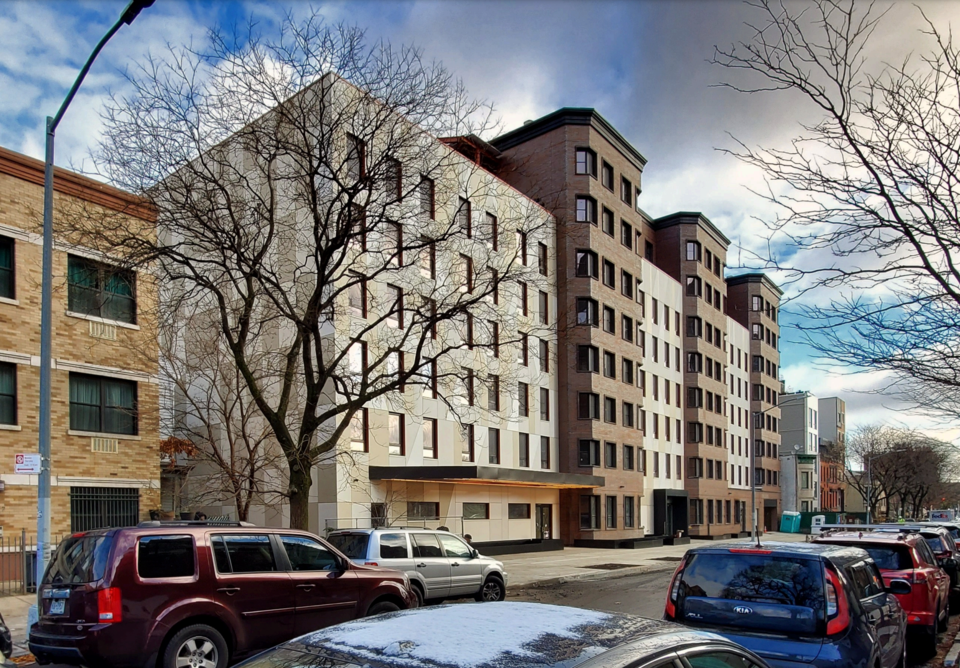Housing insecurity will be a major problem in New York, according to a new report from Comptroller Thomas P. DiNapoli.
The report, the third in the comptroller’s “New Yorkers in Need” series (previously highlighting poverty and food insecurity), shed light on the problem by examining three contributing factors of housing insecurity: high housing costs, physical inadequacy (overcrowding, etc.), and housing stress (evictions and foreclosures).
Among the report’s key findings, the comptroller pinpointed that the main cause of housing insecurity was the burden of high housing prices.
In 2022, 2.9 million New York households spent over 30% of their income on housing, representing almost 40% of all NY households — a housing cost burden rate that was the third-highest in the U.S., the report said.
Housing cost burdens were especially prominent in New York City, with 43% of households (both renters and owners) feeling the financial pinch, the highest percentage in the state.
One major factor highlighted in the report for contributing to the increase in cost burden was housing availability in New York.
Between 2012 and 2022, the state of New York reportedly only added 462,000 housing units, an increase of 5.7%. This housing growth rate was below several other American states, with New York ranking 32nd in the country.
Additionally, racial disparities also played a substantial factor in housing insecurity growth, with Hispanic- (55%), Black- (50%), and Asian-headed (48%) households disproportionately affected when compared to households headed by a white person (31%).
Seniors in New York also faced heightened housing insecurity, a trend that surpassed the national average in the process, according to the report.
Finally, the report also unveiled the alarming rate of homelessness in New York, which stood at five per 1,000 people, the highest figure in the U.S. and was more than double the national average.
In light of his findings, the state comptroller also made several recommendations, which included increasing the amount of federal assistance provided for residents facing housing insecurity, among others.
“For too many New Yorkers, finding and keeping an adequate and affordable place to live has become more and more difficult,” said DiNapoli.
“Rising costs are stretching household budgets and forcing trade-offs with other essentials, like food and health care. The consequences of housing insecurity are wide-ranging and while low-income renters are the most cost-burdened, these financial pressures are increasingly felt by middle class households. Action is needed by all levels of government.”




